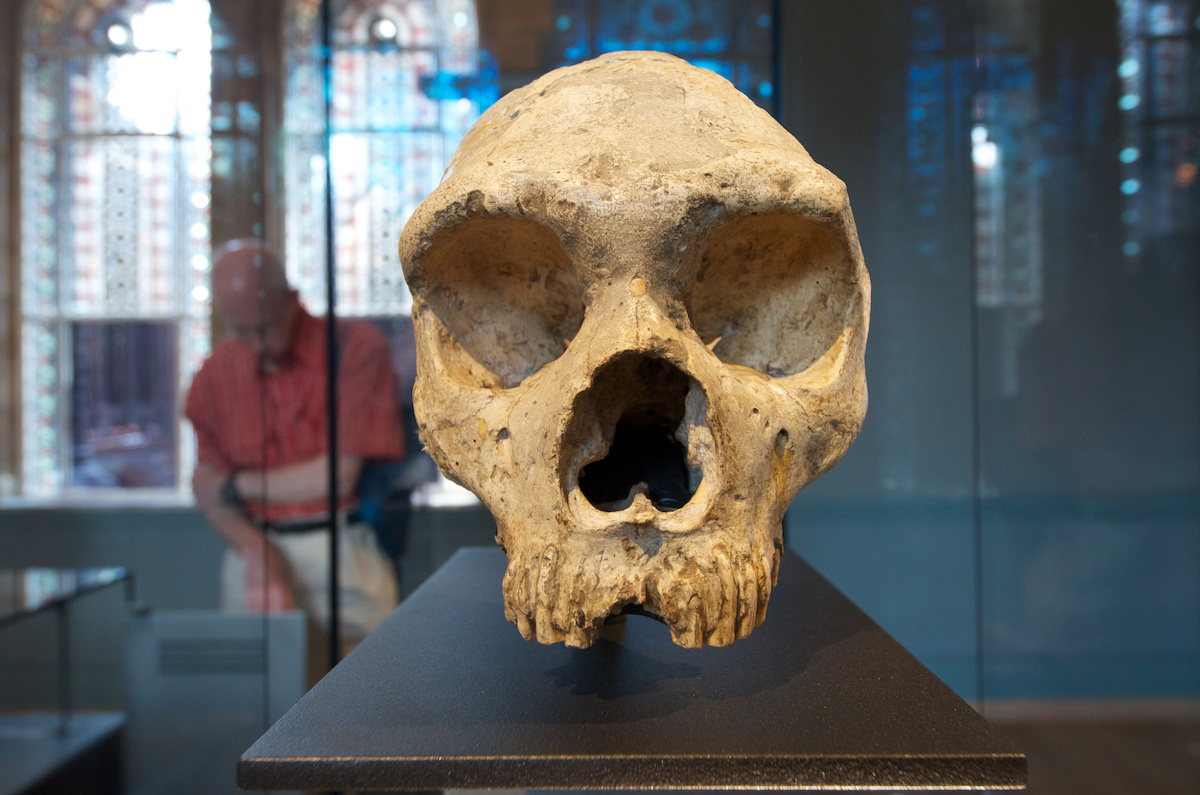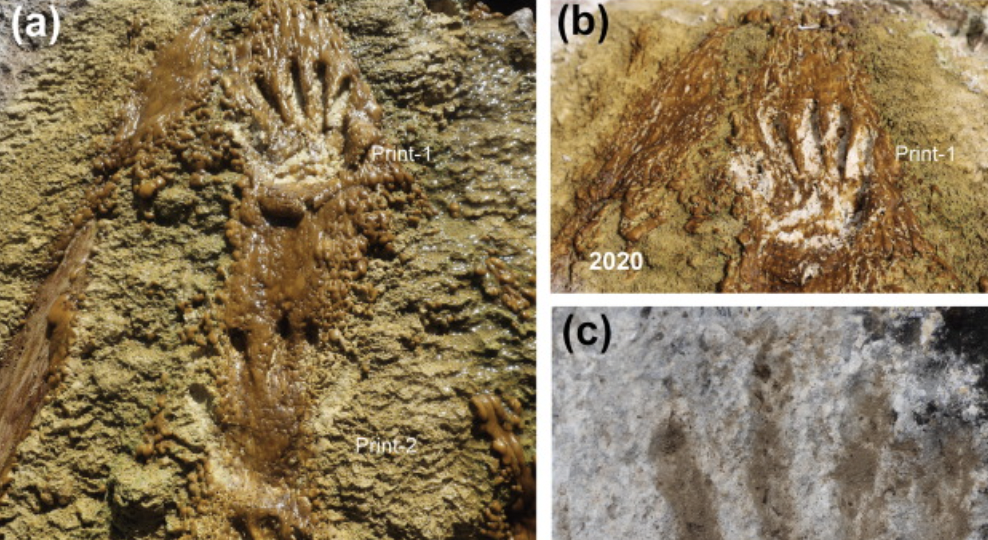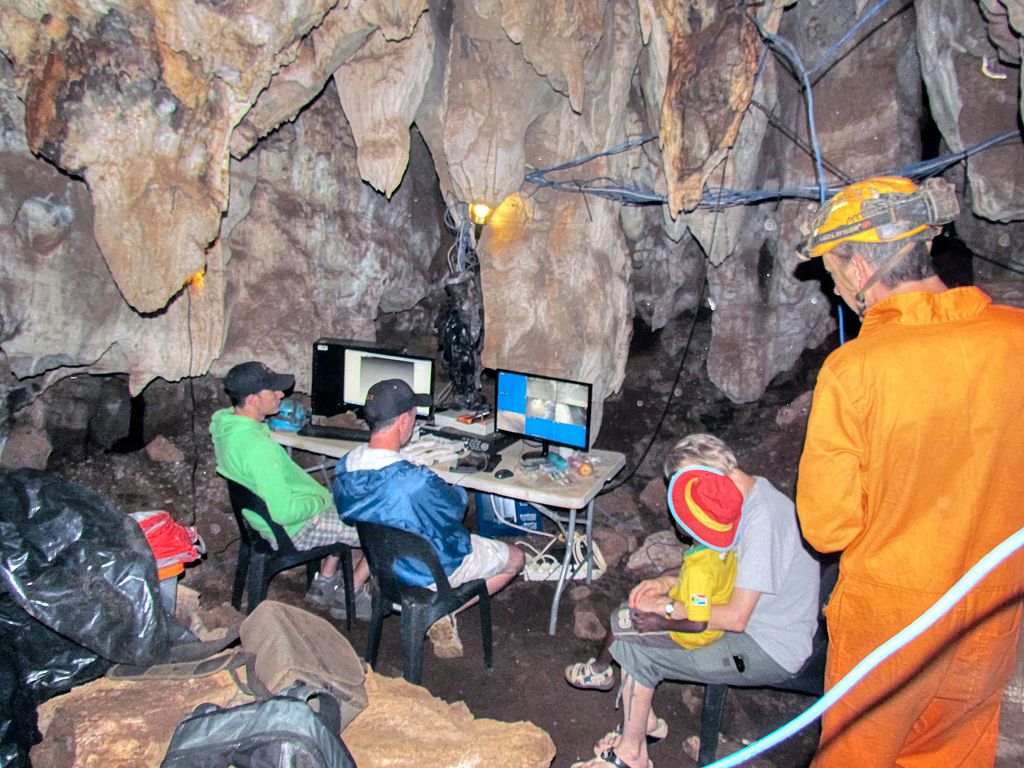Why most modern humans possess Neanderthal DNA

- In her new book, Life as We Made It: How 50,000 Years of Human Innovation Refined — and Redefined — Nature, biologist Beth Shapiro explores the many ways humans have shaped nature over the millennia.
- This excerpt overviews the evolution of species of the genus Homo and how they interacted with one another thousands of years ago.
- Thanks to improved technologies, scientists know that most humans alive today possess fragments of Neanderthal DNA.
The following is excerpted from Life as We Made It: How 50,000 Years of Human Innovation Refined — and Redefined — Nature, by Beth Shapiro. Copyright © 2021. Available from Basic Books, an imprint of Hachette Book Group, Inc.
LOVE THY NEIGHBOR
By 700,000 years ago, lineages belonging to the genus Homo were distributed from the southern tip of Africa northward and across Europe and Asia. They were sophisticated tool users with large brains and dexterous hands, and they had begun to manipulate the world around them. After that, and with apologies to paleoanthropological scholars for the important details that I am certain to omit, the fossil evidence points to a scenario something like this: Homo erectus gave rise to Homo heidelbergensis, who spread across Africa and into Europe and lived from around 700,000 years ago until around 200,000 years ago. Homo heidelbergensis gave rise to our cousins, Homo neanderthalensis, or Neanderthals, by 400,000 years ago and probably in Europe or the Middle East, and to us, Homo sapiens, in Africa by 300,000 years ago. Today, every described Homo lineage apart from our own is extinct. The dates of the most recent remains of many late-surviving lineages coincide with evidence that our own lineage had turned up in their habitats. This uncanny coincidence of events also has a simple interpretation: our ancestors killed off all the other human lineages in Africa, left Africa for Europe where they killed off the Neanderthals, and then spread across the rest of the world killing off whatever remnant populations of nonsapiens human they encountered. But we’ll return to that part of the story later.
Although my summary is missing many of the finer details, that was essentially the big picture of relatively recent human evolution when the field of ancient DNA was first established. Given our species’ selfish tendencies, it’s not surprising that Neanderthals and early Homo sapiens were among the first targets for ancient DNA research. What these early studies found, however, surprised everyone.
The first Neanderthal DNA sequence was published in 1997. This study, like most genetic research that focuses on Neanderthals, was led by Svante Pääbo, who at the time was a professor at the University of Munich but is now director of the department of genetics at the Max Planck Institute for Evolutionary Anthropology in Leipzig. In 1997, Pääbo and colleagues published the sequence of a small fragment of Neanderthal mitochondrial DNA. Mitochondrial DNA was a common target of early ancient DNA studies for a few reasons. First, every cell has thousands of copies of the mitochondrial genome (mitochondria are organelles found outside the cell’s nucleus and have their own genomes) but only two copies of the nuclear genome. This means that mitochondrial DNA is simply more likely than nuclear DNA to survive in fossils. Second, mitochondria are passed down the maternal line, which makes their evolutionary history simple to interpret. The mitochondrial DNA that Pääbo published in 1997 was distinct from all mitochondria present in modern humans, which suggested (like the fossil record) that Neanderthals and humans evolved along separate paths. Fragments of mitochondrial DNA recovered from several other Neanderthal bones were soon added to the evolutionary tree. All these data pointed to the same conclusion: Neanderthals and humans were closely related but clearly different evolutionary lineages that had been evolving separately for at least a few hundred thousand years.
For nearly a decade, that was all ancient DNA revealed about the relationship between Neanderthals and humans. Then, in the early 2000s, new approaches to sequencing DNA made it economical and practical to try to sequence a Neanderthal nuclear genome. In 2006, a team led by Ed Green, who was at the time a postdoctoral researcher in Pääbo’s group, published a proof-of-concept paper showing that it would soon, probably, be possible to map out the entire Neanderthal nuclear genome. While their data set was small—the sequences covered only around 0.04 percent of the Neanderthal nuclear genome—it established the approach that all of us working in ancient DNA use today.
In 2010, Ed Green, Svante Pääbo, and others collaborated to produce a complete draft sequence of the Neanderthal genome and, for the first but certainly not last time, ancient DNA rewrote human evolutionary history. With this first draft genome, the team confirmed that Neanderthal populations and modern human populations separated around 460,000 years ago, approximately when the fossil record suggests that the earliest hominins with typical Neanderthal morphologies appeared in Europe. However, the data also delivered a surprise. Some fragments of what could now be identified as Neanderthal DNA were present in modern human genomes. This could only be explained if our cleanly branching evolutionary tree were not cleanly branching after all—if the lineages leading to Neanderthals and modern humans had first separated and then, later, come back together again.
Since 2010, technologies to extract, sequence, and assemble ancient DNA into genomes have continued to improve, and genomes have been assembled from around a dozen Neanderthals that lived between 39,000 and 120,000 years ago in Europe and Siberia. These genomes revealed that Neanderthal populations were small and tended to be geographically isolated from other Neanderthal populations. They’ve also confirmed what the very first Neanderthal genome revealed: our two lineages had a deeply intertwined evolutionary history. The genomic data contain proof that the two lineages came into contact more frequently than the fossils record and, when this happened, they often mated and exchanged genes. As a consequence, the genomes of most humans alive today include some Neanderthal DNA.





